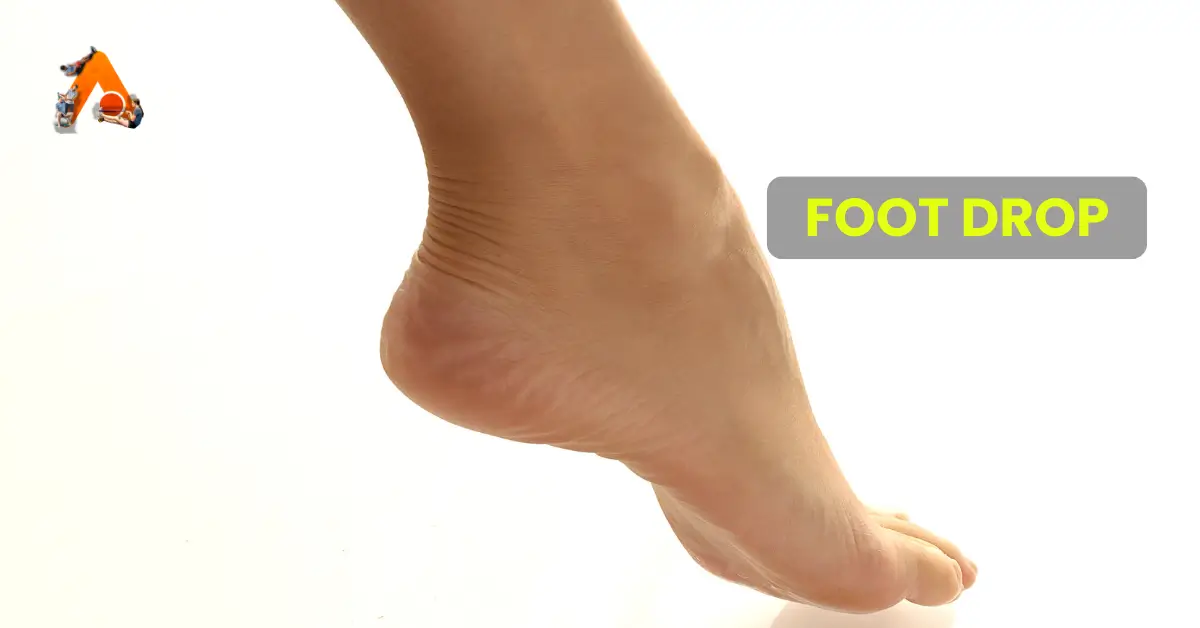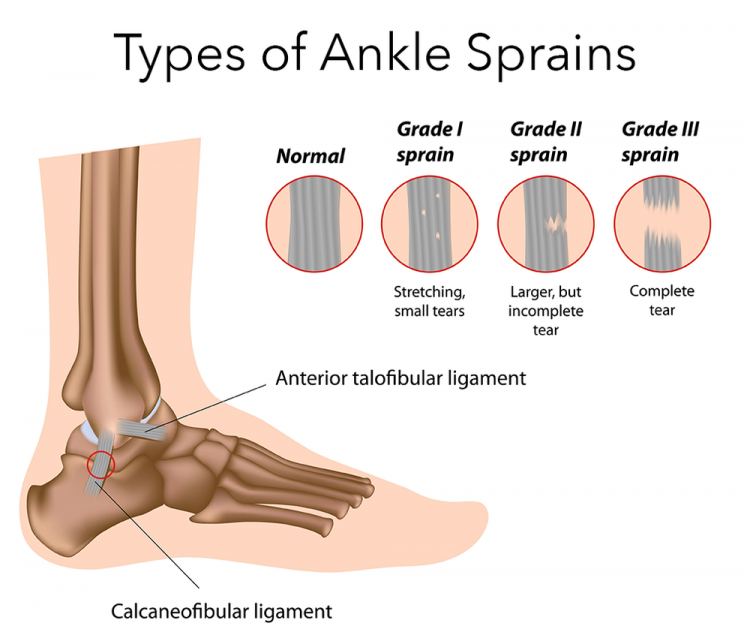Foot Drop: Causes, Symptoms, and Physiotherapy Treatments
Introduction
Foot drop is a neurological condition that significantly impacts an individual’s ability to lift the front part of the foot. This condition often arises from damage or dysfunction in the nerves and muscles responsible for dorsiflexion (lifting the foot upwards). Most commonly, it is associated with injury to the common peroneal nerve, leading to weakness in the tibialis anterior muscle and other dorsiflexors. Foot drop can affect walking patterns and overall mobility, but timely intervention can help improve function and quality of life.
Causes of Foot Drop
Foot drop may stem from a variety of underlying factors, including:
- Nerve Damage or Compression: Injury to the common peroneal nerve, often due to prolonged pressure or trauma, can disrupt the signals required for foot movement.
- Muscle Weakness or Paralysis: Conditions affecting the muscles responsible for dorsiflexion, such as muscular dystrophy, may result in foot drop.
- Neurological Disorders: Diseases like multiple sclerosis, stroke, or amyotrophic lateral sclerosis (ALS) can impair the nervous system’s ability to control foot movement.
- Trauma or Injury: Direct injuries to the leg or foot can damage muscles, tendons, or nerves, leading to foot drop.
- Certain Medical Conditions: Diabetes and other metabolic disorders may contribute to nerve damage, increasing the risk of foot drop.
Symptoms of Foot Drop
Foot drop manifests through noticeable physical symptoms, including:
- Difficulty Lifting the Foot: Individuals may struggle to raise the front part of their foot, causing a dragging sensation while walking.
- Dragging the Foot: The foot may drag on the ground, leading to uneven walking patterns.
- Slapping the Foot: Affected individuals often slap the foot down forcefully with each step.
- High-Stepping Gait: To compensate, they may lift the thigh higher than usual while walking.
- Pain, Numbness, or Weakness: Some may experience sensory changes or muscle weakness in the foot.
Physiotherapy Treatment for Foot Drop
Physiotherapy plays a crucial role in managing foot drop by addressing muscle weakness, nerve dysfunction, and mobility issues. Treatment may include:
1. Muscle Strengthening Exercises
- Ankle Dorsiflexion Strengthening: Exercises targeting the tibialis anterior and other foot-lifting muscles.
- Ankle Mobilization: Active and passive movements to enhance ankle mobility.
- Toe Mobilization: Gentle exercises to improve flexibility and range of motion.
2. Stretching Techniques
- Calf Muscle Stretching: Lengthening the gastrocnemius and soleus muscles to improve ankle mobility and reduce tension.
3. Trigger Point Release
- Gastrocnemius and Soleus Release: Applying sustained pressure to specific trigger points to alleviate tension in the calf muscles.
- Tibialis Anterior Release: Releasing tightness in the muscle responsible for ankle dorsiflexion.
4. Neuromuscular Electrical Stimulation (NMES)
Electrical impulses stimulate muscle contraction, improving strength and helping restore function.
5. Dry Needling
Dry needling helps relax tight muscles in the lower leg and foot, enhancing mobility and muscle activation for improved dorsiflexion.
6. Taping Techniques
- Supportive Taping: Kinesiology tape applied around the ankle provides stability and promotes proper alignment.
- Dorsiflexion Assist Taping: Tape applied from the toes to the ankle assists in lifting the foot, making walking easier.
Recommended Exercises
Specific exercises can strengthen the affected muscles and improve coordination:
- Ankle Dorsiflexion/Plantar Flexion
- Ankle Circles
- Toe Raises
- Heel Walks
- Resistance Band Exercises
Rehabilitation Techniques
Rehabilitation focuses on restoring functional mobility and includes:
- Walking Training: Practicing proper gait mechanics.
- Step-Ups: Strengthening the lower limb muscles.
- Balance Exercises: Enhancing stability with activities like single-leg stands.
- Stretching: Achilles tendon and gastrocnemius stretches to improve flexibility.
Conclusion
Foot drop is a challenging condition, but with timely and consistent physiotherapy, individuals can regain strength, mobility, and confidence. From targeted exercises to advanced techniques like NMES and dry needling, physiotherapy offers a comprehensive approach to improving function and minimizing the impact of foot drop on daily life. If you’re experiencing symptoms of foot drop, consult a qualified physiotherapist to develop a personalized treatment plan tailored to your needs.



